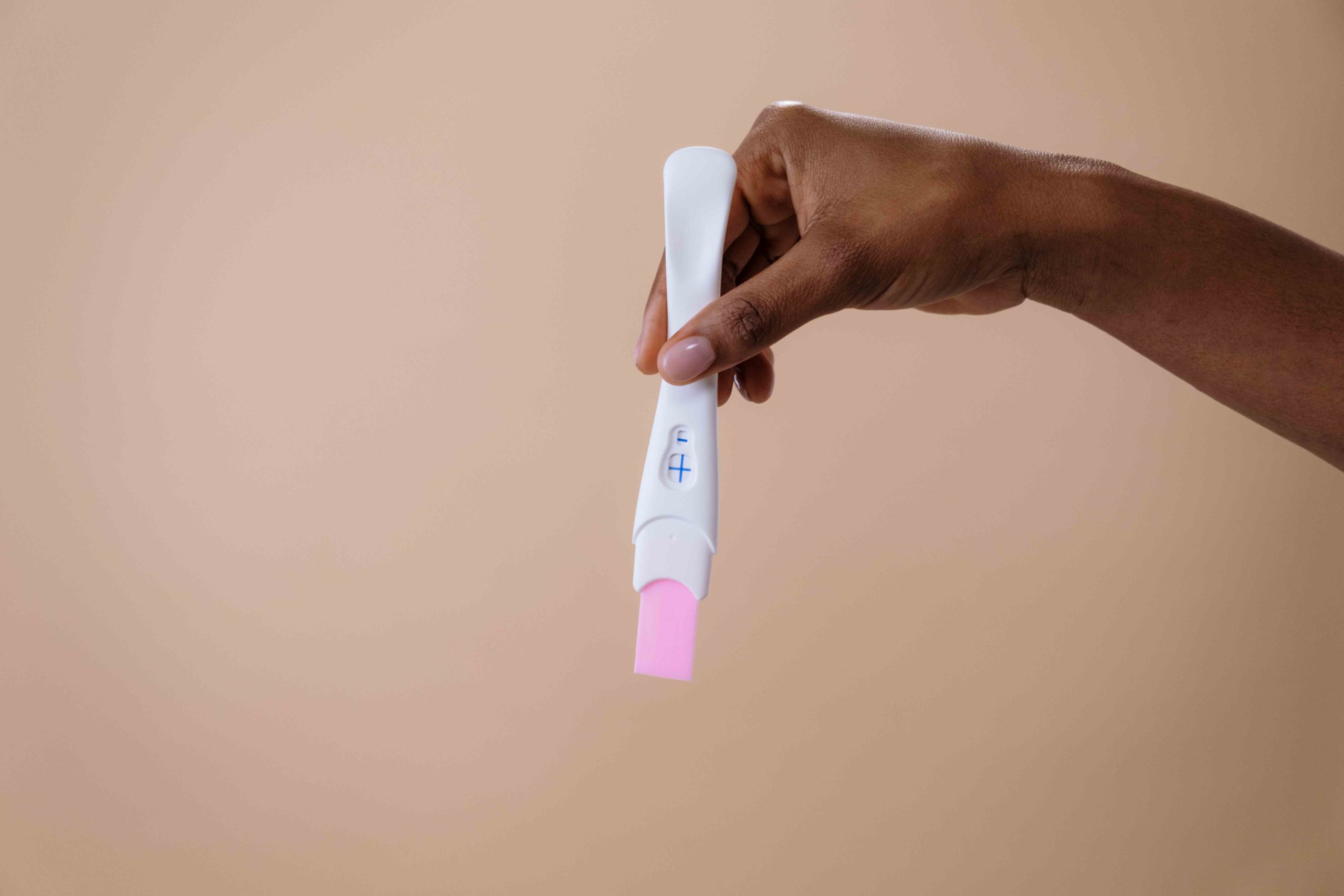However some studies suggest that a higher daily intake of 10004000 IU 25100 micrograms is. All women including those who are pregnant and breast-feeding need to consume 600 international units of vitamin D daily.

It fits in with the overall vitamin D daily requirement of 600 international units or IUs the Food and Nutrition Board of the Institute of Medicine reports.
How much vitamin d3 should a woman take. 20 mcg or 800 IU. 15 mcg or 600 IU. The women were randomly assigned into one of four groups receiving 0 placebo 5 10 or 20 microg of vitamin D3 daily for 12 weeks.
Men and women 71 and older need 800 IU up from 600 IU. In certain situations up to 5000 IU of D3 each and every day is appropriate for correcting vitamin D3 deficiency caused by lack of sunlight or poor nutrition. The current tolerable upper limit of vitamin D intake is 50 mcg 2000 IU per day.
How Much Vitamin D3 Can a Woman Take in a Day. According to the USDA and National Institutes of Health the standard recommendation of vitamin D that adult women should take in order to prevent deficiency is between 600 to 800 international units per day depending on age. The Institute of Medicines Food and Nutrition Board recommends that a 40-year-old woman should have 600 International Units or 15 micrograms of vitamin D.
The RDA increases to. This is the maximum amount of a vitamin or mineral you can safely consume without increasing your chances of side effects. Your skin synthesizes vitamin D from ultraviolet light but many women dont produce enough through exposure to sunlight.
This is the equivalent of 4000 IU a day. 10 micrograms mcg or 400 international units IU 170 years. The recommended dietary allowance describes an amount sufficient for the needs of 97 to.
It is recommended that a pregnant woman should take 400 to 600 IU of vitamin D daily. But it is highly recommended to ask for your doctors advice. Calciotropic variables were assessed from serum and urine samples.
Until that happens experts suggest that it is prudent to follow recommendations from IOM that people 70 years or older have a total daily intake of 800 IU of vitamin D preferably from a balanced. Fifteen micrograms of vitamin D is the same as the 600 IU recommendation. How much vitamin d3 should I take daily when pregnant.
Now subtract the sunlight adjustment from your basic daily dose. According to the Food and Nutrition Board a woman who is 55 years old should have at least 800 International Units of vitamin D each day. So your personal vitamin D dosage would be 2160 IU of vitamin.
Getting too much vitamin D may cause a loss of appetite. Vitamin D recommended intake is at 400800 IUday or 1020 micrograms. Research shows that increasing the daily intake to 5000 IU per day will help ensure that you get the right amount of absorption so you can feel the benefits long-term.
5400 3240 2160 IU. Sometimes though vitamin D is listed in micrograms. BrainMDs Vitamin D3 supplement has 5000 IU which is significantly more than the average vitamin D supplement on the market.
Adults up to age 70 need 600 IU international units daily up from 400 IU in 1997. Fasting morning blood was drawn at the beginning of the study and thereafter every second week. Indeed the UK department of health suggests 400 IUday during pregnancy.
The tolerable uptake levels indicate the highest dose that will. Vitamin D-3 doesnt have its own separate recommendation. You double that percentage which makes 60 and calculate your sunlight adjustment as 60 of 5400 IU which is 3240 IU.
The upper-intake level for vitamin D is 100 mcg a day for anyone older than 9. Because of this the Institute of Medicine establishes tolerable upper-intake levels for each vitamin and mineral. Taking too much vitamin D can cause nausea vomiting decreased.
The exact number is debatable and some experts feel that a higher dose of vitamin D around 2ooo to 5000 IU per day may be more beneficial. Vitamin D3 dosage for adults in particular can be much higher than the 200 IU of D3 daily recommended for adults under the age of 50 and the 400 IU of D3 daily recommended for adults 50 and older.











